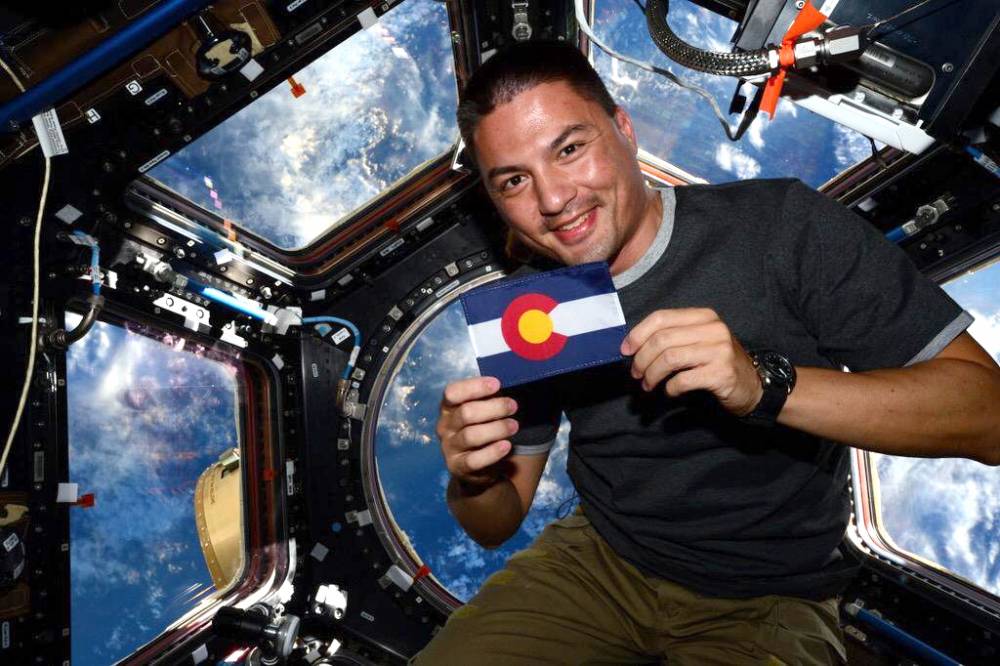Building agricultural STEAM
Close your eyes and take a moment to imagine a farm. What do you see? Do you see drones flying above fields? What about driverless tractors carefully combing wheat fields? Is the farmer using a cell phone to operate her equipment?
While this might not be the first image that pops in your head, the face of modern agriculture is changing rapidly to be on the forefront of technology innovation. Here, we explore some of the ways in which STEAM (science, technology, engineering, arts, mathematics) is embedded in the lives and skillsets of modern agricultural communities.
- Read more about Building agricultural STEAM
- Log in or register to post comments







 Research shows that somewhere between 15,000 and 27,000 years ago, dogs began to evolve from Canis lupis, the gray wolf. Why? There are a couple of hypotheses: 1) Wolves began to follow humans, domesticating themselves; and 2) Early hunter-gatherer humans caught wolf cubs, keeping them as pets and gradually leading to their domestication.
Research shows that somewhere between 15,000 and 27,000 years ago, dogs began to evolve from Canis lupis, the gray wolf. Why? There are a couple of hypotheses: 1) Wolves began to follow humans, domesticating themselves; and 2) Early hunter-gatherer humans caught wolf cubs, keeping them as pets and gradually leading to their domestication. 
